Checkout using your account
Checkout as a new customer
Creating an account has many benefits:
- See order and shipping status
- Track order history
- Check out faster
Vials
In order to find the right vials and therefore the right closures for an application, there are a number of points to consider. On the one hand, the type of autosampler or the syringe of the autosampler is decisive. The wrong closures can quickly lead to a defect in the syringe. On the other hand, the sample is of course also decisive. There may be an incompatibility between the sample and the vial or septum. A distinction should also be made between short-term and long-term storage. Another point is the sensitivity of the sample to light. All these things should be taken into account in order to identify the appropriate vials and septa.
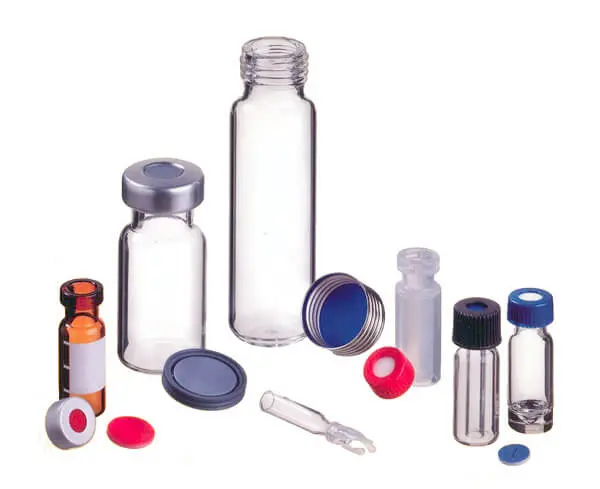
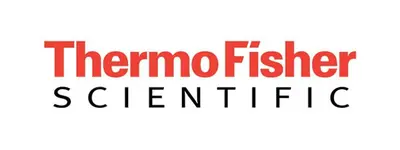



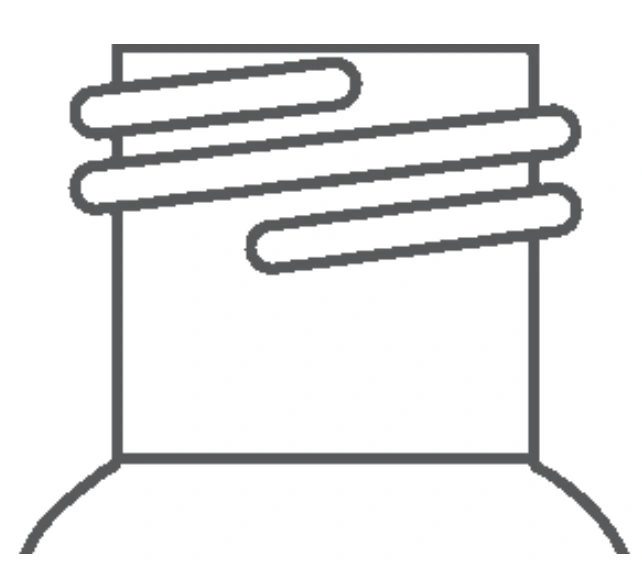
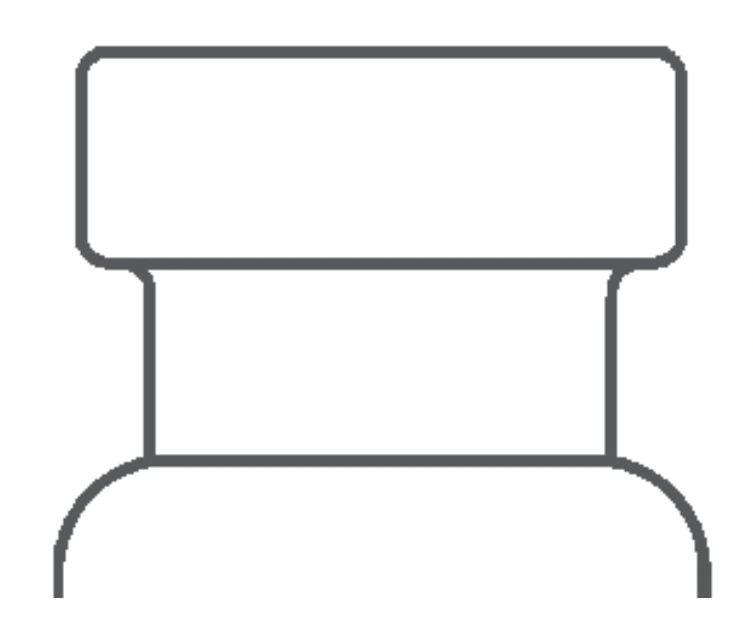
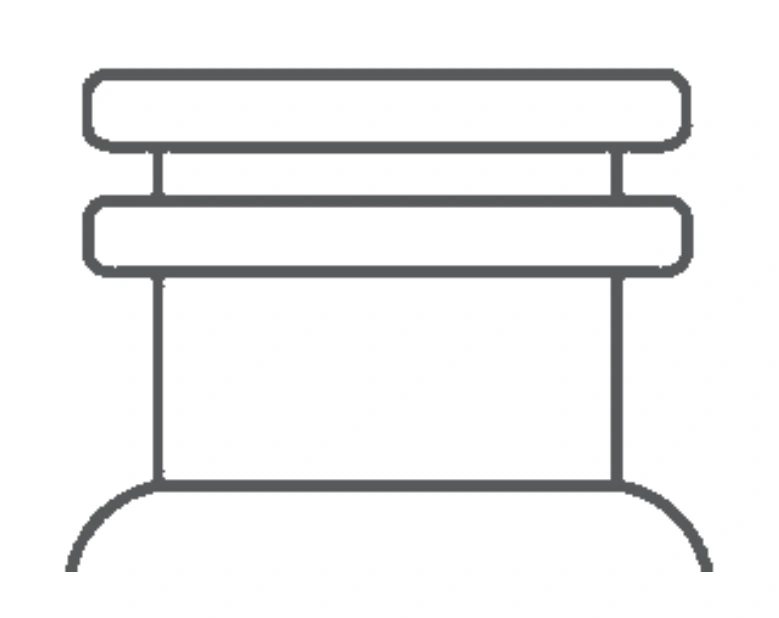
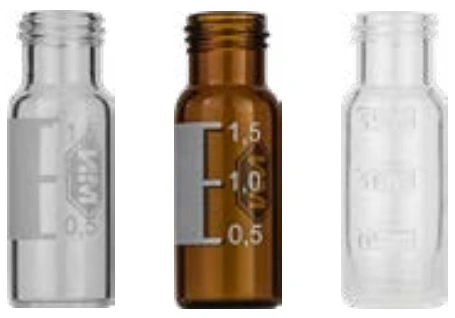
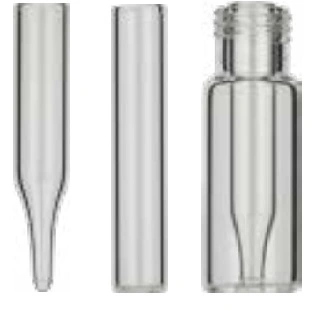
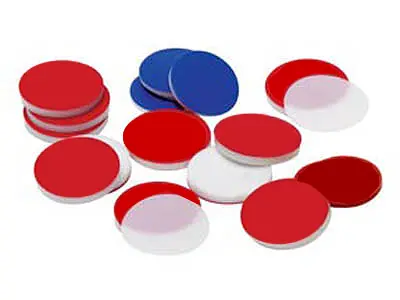
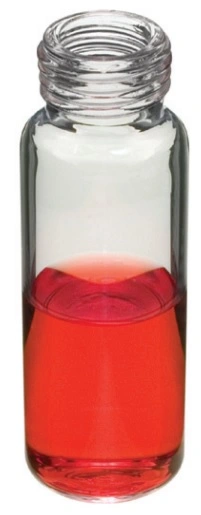
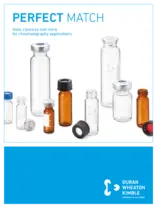 DWK Vials, Closures and more Brochure
DWK Vials, Closures and more Brochure
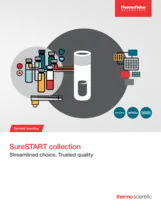 Thermo Surestart Vials Brochure
Thermo Surestart Vials Brochure
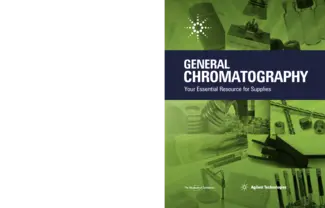 Agilent General Chromatography Parts and Supplies Catalogue
Agilent General Chromatography Parts and Supplies Catalogue
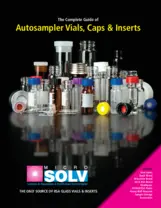 Microsolv Guide Autosampler Vials-Caps-Inserts Brochure
Microsolv Guide Autosampler Vials-Caps-Inserts Brochure
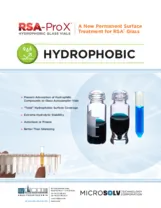 Microsolv RSA-ProX Vials Brochure
Microsolv RSA-ProX Vials Brochure
 Microsolv AQ Brand Autosampler Vials, Caps and Inserts for PFAS Brochure
Microsolv AQ Brand Autosampler Vials, Caps and Inserts for PFAS Brochure
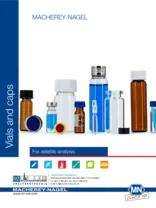 Macherey-Nagel Vials and Caps Brochure
Macherey-Nagel Vials and Caps Brochure